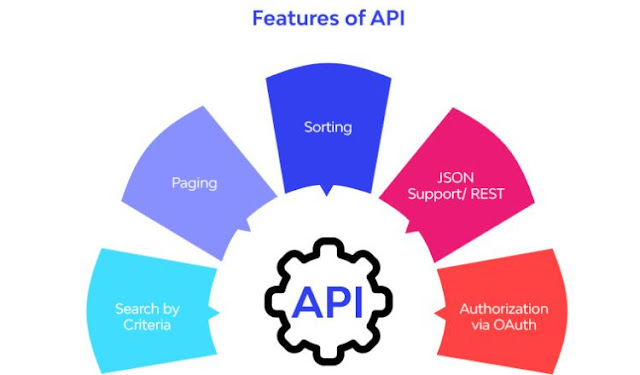Building an Effective Strategy for Automated API Testing
API testing refers to evaluating APIs' functionality, performance, and security. It involves sending requests to API endpoints and verifying the responses to ensure they meet the expected requirements. API testing can be performed at different levels, including unit, integration, and end-to-end testing.
Importance of API Testing
API testing is essential for several reasons. Firstly, it helps identify issues and bugs early in the development lifecycle, enabling faster resolution and reducing overall costs. Secondly, API testing ensures that the API endpoints function as expected and deliver the intended results. Additionally, thorough API testing enhances the overall quality of the software system, leading to better user experiences.
Determine which API tests to automate
Determining which API tests to automate is crucial in building an effective testing strategy. While automating all possible tests is ideal, practical constraints such as time, resources, and complexity may require prioritization. Here are some factors to consider when deciding which API tests to automate:
Frequency of Execution: Identify tests that need to be executed frequently. Manual execution of these tests can be time-consuming and prone to errors. By automating them, you can save time and ensure consistent execution.
Critical Functionality: Focus on automating tests that cover critical functionalities of the API. These are the functionalities that are essential for the proper functioning of the application and have a significant impact on the user experience.
Regression Testing: Regression testing involves retesting previously tested functionalities to ensure changes or updates haven't introduced new issues. Automating regression tests helps detect regressions quickly and efficiently.
Complex Scenarios: If your API involves complex scenarios, such as handling various data types, handling concurrent requests, or integrating with multiple systems, automating these tests can help ensure accuracy and consistency.
Boundary and Error Conditions: Automate tests that cover boundary conditions and error handling. These tests validate how the API responds to invalid inputs, edge cases, and error conditions, ensuring the API functions correctly under different scenarios.
Performance and Load Testing: Consider automating performance and load tests to assess how the API performs under high loads and stress conditions. Automated tools like JMeter can simulate many concurrent users and measure the API's response times and resource utilization.
Security Testing: If security concerns your API, automate tests focusing on security vulnerabilities and authentication mechanisms. These tests help identify potential security risks and ensure the API's security measures are effective.
Data-Driven Testing: If your API handles different types of data and scenarios, automate tests that cover data-driven testing. This approach allows you to execute a single test case with multiple sets of data, saving time and effort.
API test automation best practices
Regarding API test automation, following best practices can ensure efficient and effective testing. Consider implementing the following guidelines to enhance your API test automation process:
Define Clear Objectives: Clearly define the objectives and goals of your API test automation efforts. Determine what you aim to achieve through automation, such as faster regression testing, improved test coverage, or enhanced reliability.
Choose the Right Framework: Select a suitable test automation framework that aligns with your project's requirements. Frameworks like pytest, Selenium, or RestAssured offer robust capabilities for API testing. Evaluate their features, scalability, and community support before making a decision.
Design Test Cases Strategically: Develop well-structured test cases that cover various scenarios, including positive and negative test cases, boundary conditions, and edge cases. Ensure your test cases are modular, maintainable, and reusable to maximize efficiency.
Implement Test Data Management: Manage test data effectively by separating it from the test scripts. Utilize data-driven testing approaches and external data sources, such as databases or spreadsheets, to facilitate easy maintenance and allow for quick data changes during testing.
Prioritize Test Suite Organization: Organize your test suites logically and flexibly. Categorize tests based on functionality, priority, or test types to ensure easier maintenance and execution. Consider using tagging or grouping mechanisms provided by the automation framework for better test suite organization.
To learn more:- What is API Testing? Types and Benefits of API Testing
Final Thoughts
Building an effective strategy for automated API testing is crucial to ensure your APIs' reliability, functionality, and security. By following the outlined steps and best practices, you can enhance the efficiency and effectiveness of your API testing efforts.
Automated API testing offers numerous benefits, including improved efficiency, enhanced test coverage, and early bug detection. By defining clear objectives, identifying test scenarios, and designing detailed test cases, you can create a robust foundation for your API testing strategy. Implementing automation tools like Postman, SoapUI, or JMeter enables efficient test execution and result analysis.



Comments
Post a Comment